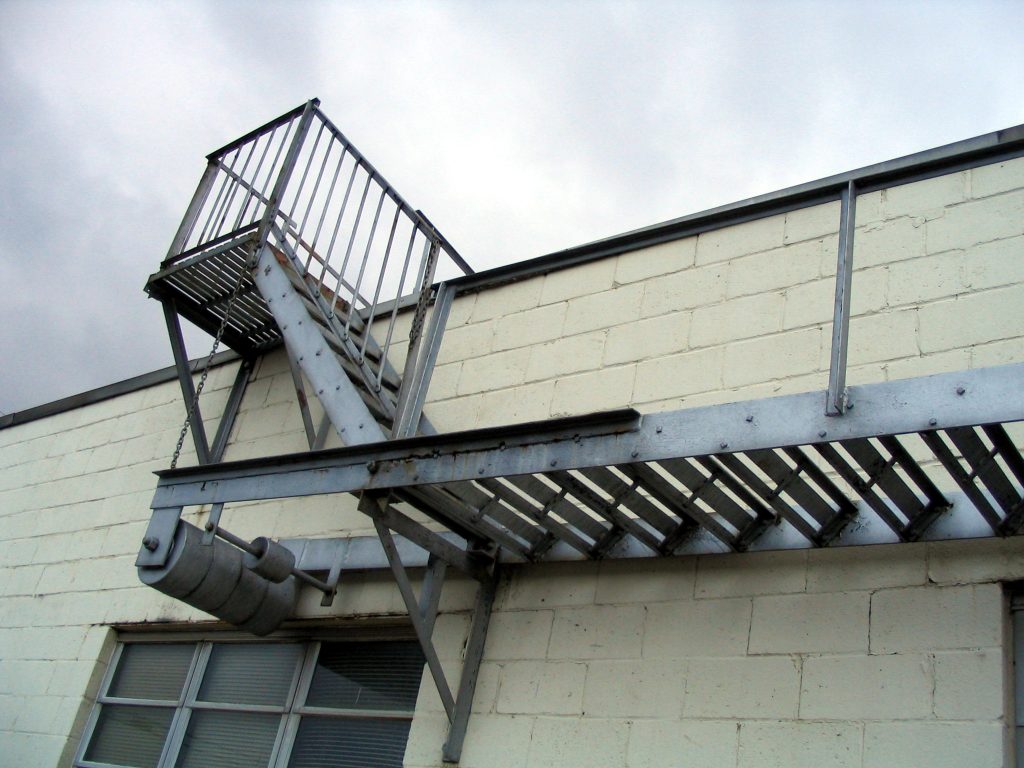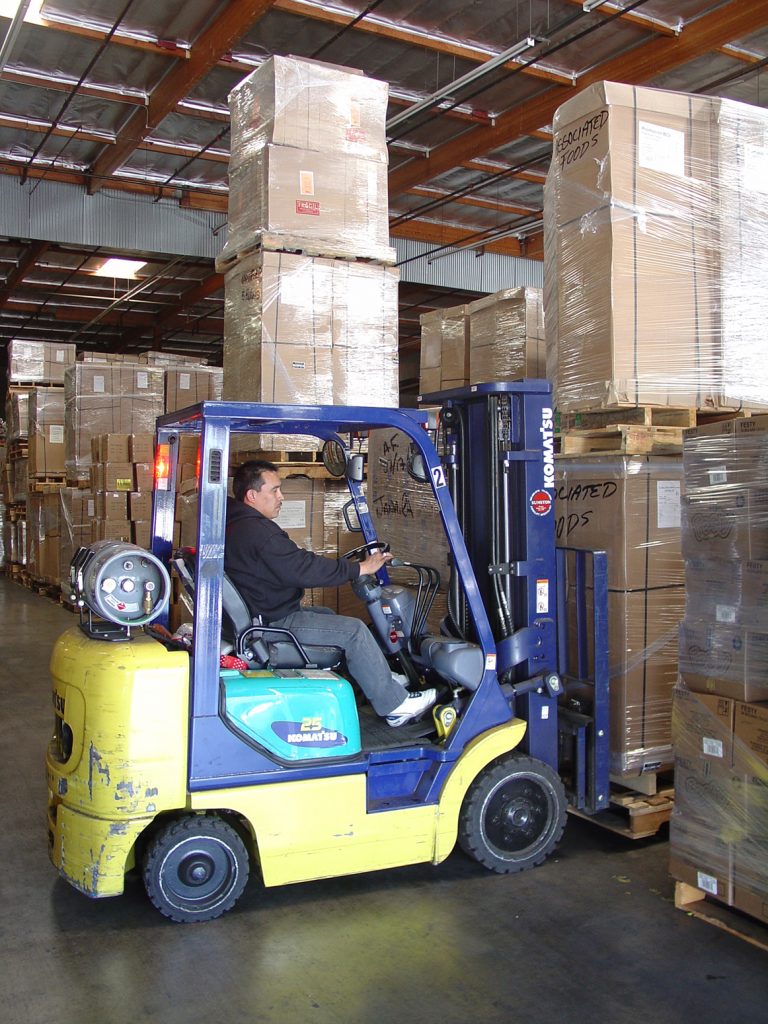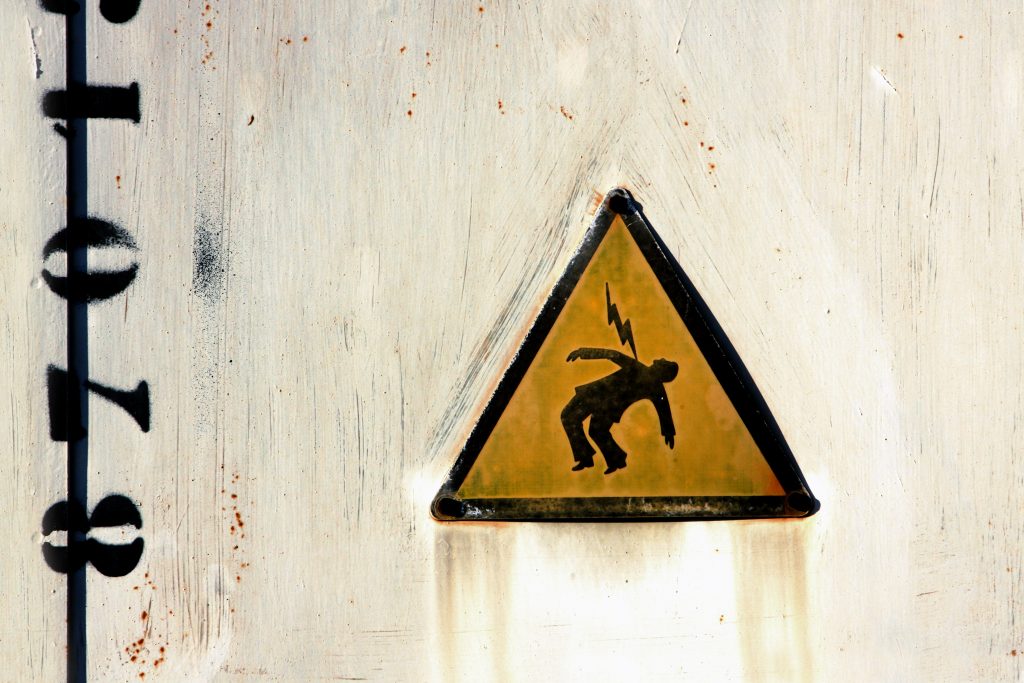 Many workers in Louisiana are exposed to dangers on the job. An injury that occurs during the scope of employment often leads to more problems than just the physical turmoil following the injury. An employee might be denied payment for medical expenses, may face mental and emotional anguish, or could be rendered permanently unable to work. In order to have a successful worker’s compensation claim, an employee must be able to prove that the accident occurred within the scope of employment.
Many workers in Louisiana are exposed to dangers on the job. An injury that occurs during the scope of employment often leads to more problems than just the physical turmoil following the injury. An employee might be denied payment for medical expenses, may face mental and emotional anguish, or could be rendered permanently unable to work. In order to have a successful worker’s compensation claim, an employee must be able to prove that the accident occurred within the scope of employment.
In Louisiana, case law holds that the employee was acting within the scope of employment if the employee was present at the site of the occurrence of the accident as a requirement of the employment. See La. Rev. Stat. Ann. §23:1031. In case that serves as a good example of some of the issues that can pop up in a worker’s compensation claim, Gwendolyn Grady was able to prove that her presence on a ladder at work, which resulted in a wrist injury when she fell, was within the scope of her employment.
The Office of Workers’ Compensation awarded Grady supplemental earnings benefits and medical benefits as reasonably associated with her claim. An employee is subject to the award of supplemental earnings benefits if the employee is unable to earn at least 90 percent of the
 Louisiana Personal Injury Lawyer Blog
Louisiana Personal Injury Lawyer Blog


 If your employer is knowingly putting you in harm’s way and you suffer an injury, you may have an intentional tort claim against your employer. In Louisiana, remedies against an employer for on-the-job injuries are limited to cases of intentional acts, rather than negligence. In a recent case the Louisiana First Circuit Court of Appeal discussed what is required to succeed on a tort claim against an employer.
If your employer is knowingly putting you in harm’s way and you suffer an injury, you may have an intentional tort claim against your employer. In Louisiana, remedies against an employer for on-the-job injuries are limited to cases of intentional acts, rather than negligence. In a recent case the Louisiana First Circuit Court of Appeal discussed what is required to succeed on a tort claim against an employer. When an employee is injured on the job, he or she may be entitled to workers’ compensation benefits. However, if an employer can show that the employee intentionally lied to receive extra reimbursement for a workers’ compensation claim, the employer will not have to pay any benefits that it would otherwise owe to that employee. A recent case out of Hammond, Louisiana, discusses the standard used in determining whether an employee intentionally committed fraud when filing for mileage reimbursements.
When an employee is injured on the job, he or she may be entitled to workers’ compensation benefits. However, if an employer can show that the employee intentionally lied to receive extra reimbursement for a workers’ compensation claim, the employer will not have to pay any benefits that it would otherwise owe to that employee. A recent case out of Hammond, Louisiana, discusses the standard used in determining whether an employee intentionally committed fraud when filing for mileage reimbursements. Don’t get burned by worker’s compensation failing to pay for your injury. Make sure that you understand what your rights are whenever you file a worker’s compensation claim. Clinton Miley, a firefighter with the Bogalusa Fire Department, suffered from paroxysmal supraventricular tachycardia (PSVT) after 19 years on the job. He looked to a Louisiana law known as the Firefighters Heart and Lung Statute to prove that his injuries were caused by his job as a firefighter.
Don’t get burned by worker’s compensation failing to pay for your injury. Make sure that you understand what your rights are whenever you file a worker’s compensation claim. Clinton Miley, a firefighter with the Bogalusa Fire Department, suffered from paroxysmal supraventricular tachycardia (PSVT) after 19 years on the job. He looked to a Louisiana law known as the Firefighters Heart and Lung Statute to prove that his injuries were caused by his job as a firefighter.
 Sometimes you have a run of bad luck. If your injured on the job then not long after you get into a car wreck it can be hard to pinpoint which incident caused your injuries. If you are unfortunate enough to be involved in this scenario make sure you have the best workers compensation lawyer you can get to help the court understand your work related injuries. The following case out of Metairie, Louisiana shows how one recent appeals court dealt with just such a factual scenario.
Sometimes you have a run of bad luck. If your injured on the job then not long after you get into a car wreck it can be hard to pinpoint which incident caused your injuries. If you are unfortunate enough to be involved in this scenario make sure you have the best workers compensation lawyer you can get to help the court understand your work related injuries. The following case out of Metairie, Louisiana shows how one recent appeals court dealt with just such a factual scenario.


